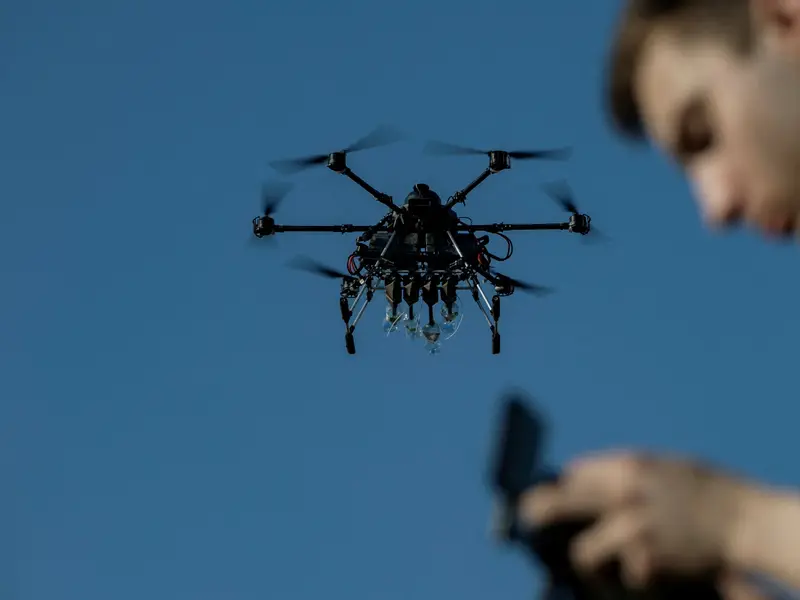Russia’s recent missile strikes on Kyiv — which killed at least four people on Sunday, September 28 — have intensified NATO’s security posture along its eastern flank. Following reports from Denmark’s defence ministry that drones were spotted over several Danish military installations, NATO announced it had stepped up surveillance and defence operations in the Baltic. Spokesperson Martin O’Donnell said the alliance had deployed multiple intelligence and reconnaissance systems, as well as at least one air-defence frigate west of Russia, and is in “constant contact” with Danish authorities over the incidents.
The United Kingdom has gone further, with its Defence Secretary pledging to build a “drone wall” to shield NATO territory from Russian incursions. Poland, meanwhile, said its military and NATO partners scrambled jets over possible airspace violations during Russia’s long-range strikes on Ukraine. Authorities temporarily shut the southeastern cities of Lublin and Rzeszów to civilian air traffic early Monday, citing “unplanned military activity.” Denmark has also reported unidentified drones flying over its airports.

These incidents follow a string of airspace breaches in NATO countries bordering the conflict. Poland confirmed on September 9 that it had shot down Russian drones entering its airspace — the first such action since Moscow’s full-scale invasion began in 2022. Romania reported a similar violation on September 14. Last week, Estonia accused Russian warplanes of staying in its airspace for 12 minutes without authorisation and demanded an urgent NATO consultation. Britain also confirmed its fighter jets had flown a NATO air defence mission over Poland on September 20 in response to Russian drone activity. European members of the alliance have even convened an emergency meeting at the UN Security Council, warning Moscow that any aircraft violating NATO skies would be shot down.
Moscow has dismissed these allegations, insisting it has no intention of striking Polish facilities. However, Washington’s stance has drawn scrutiny: while former U.S. President Donald Trump pledged to defend Poland and the Baltic states in the event of escalation — and said Russian drones “must” be downed if necessary — European leaders have pressed for a much firmer American response to President Vladimir Putin’s tactics. NATO members including Poland and Romania have also invoked Article 4 of the alliance treaty, which allows urgent consultations — a move used only seven times in NATO’s 76-year history before this month.
This sequence of events shows how Russia’s war in Ukraine is increasingly testing NATO’s “red lines” without triggering a direct confrontation. The drone sightings and airspace breaches, whether accidental or deliberate, highlight vulnerabilities in the alliance’s air defences and reveal differences between Europe’s appetite for escalation and Washington’s more cautious tone. By invoking Article 4 multiple times in one month — an unprecedented pace — NATO states are signalling both unity and anxiety, but also risking normalising what was once a rare emergency measure.


